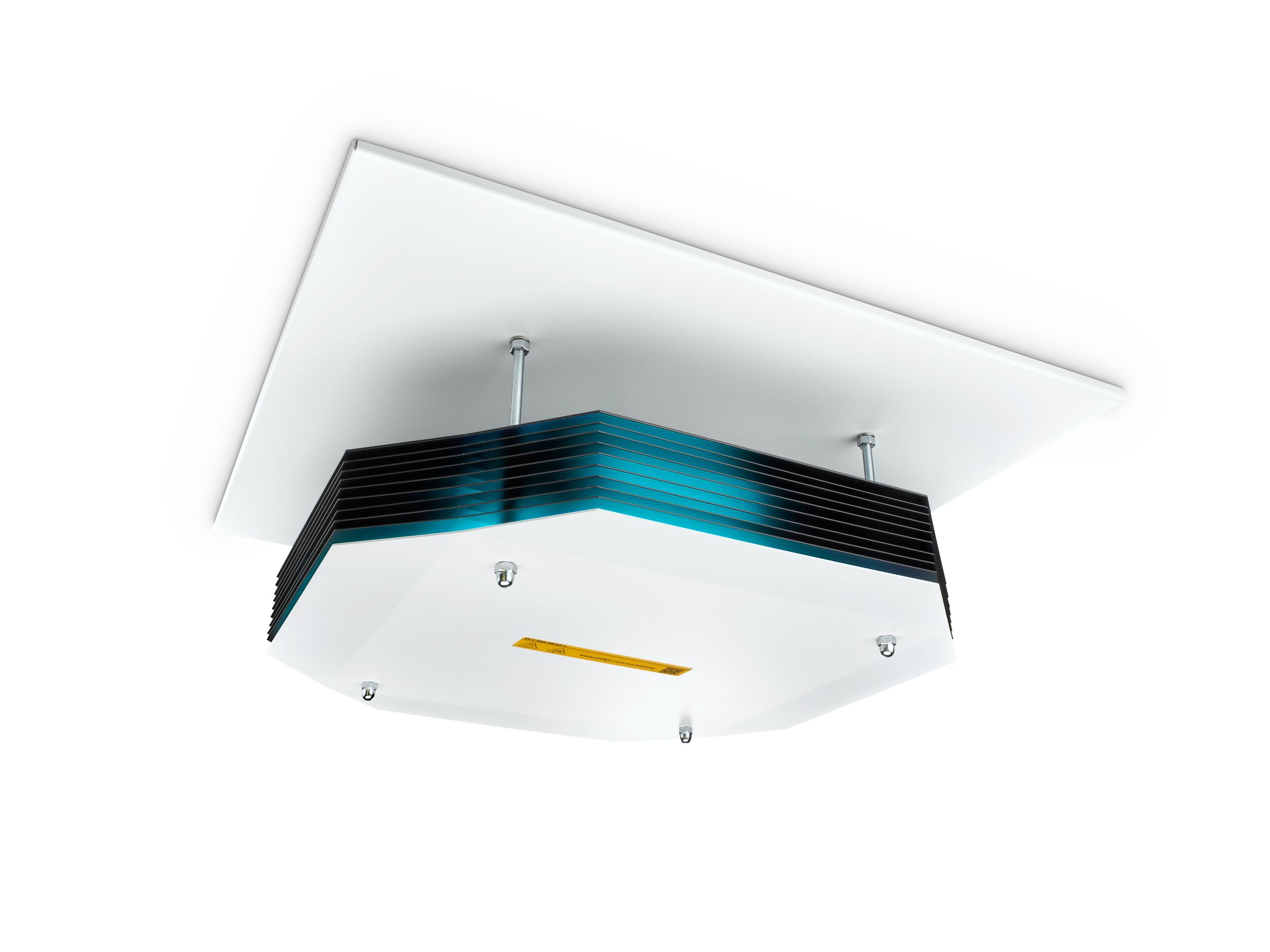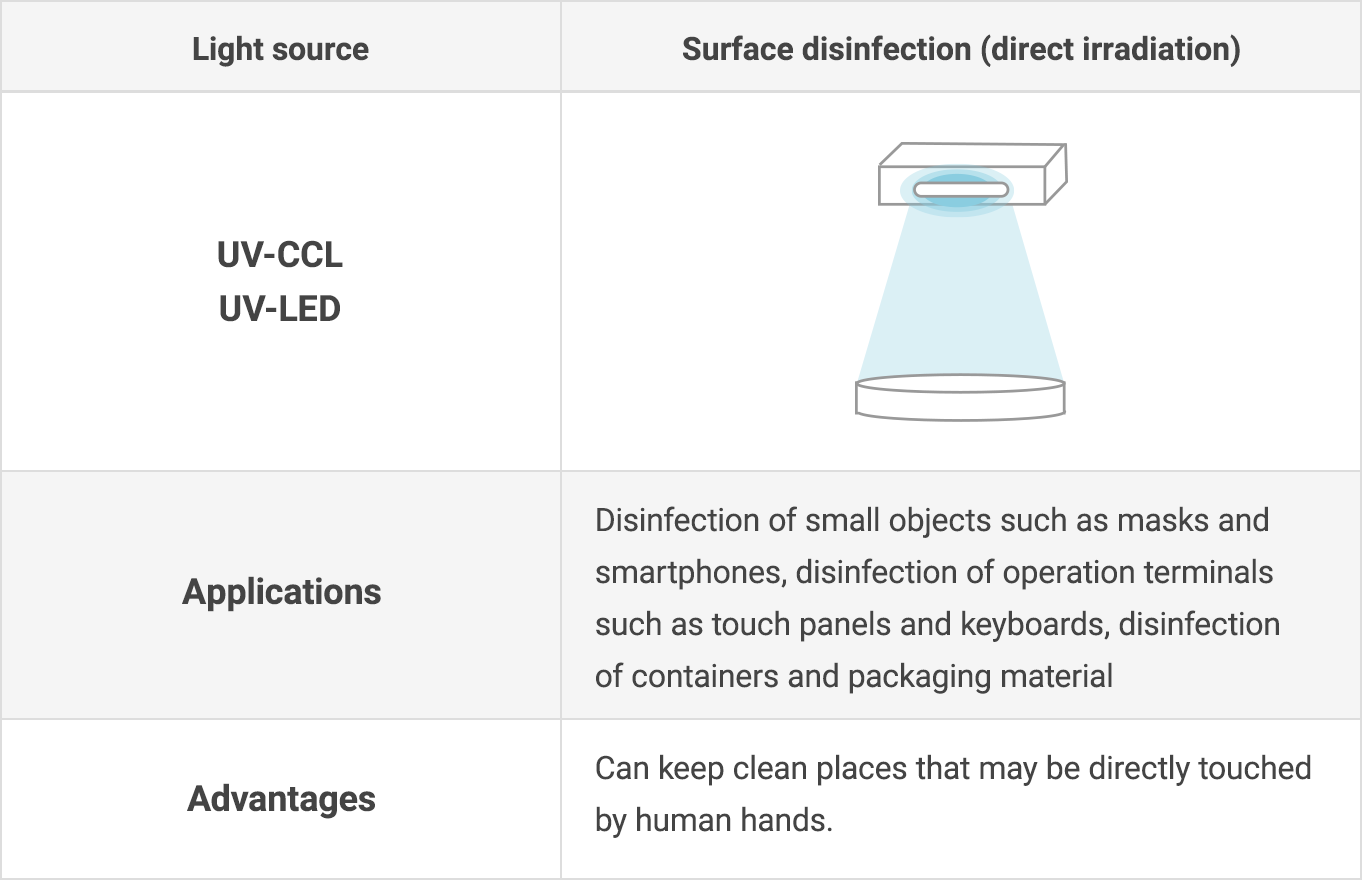Much UVC Light: A Game-Changer in the Battle Versus Airborne Pathogens
In the ever-evolving battle versus air-borne virus, the development of far UVC light has triggered substantial passion and potential. What precisely is far UVC light, and exactly how does it function?
The Science Behind Far UVC Light
The clinical principles underlying the use of Far UVC light as a prospective service for combating air-borne microorganisms are both encouraging and complex. Far UVC light describes a specific series of ultraviolet (UV) light wavelengths, usually between 207 and 222 nanometers, which have actually been discovered to successfully kill or suspend microbes such as microorganisms and viruses. Unlike standard UVC light, which has a shorter wavelength and is recognized for its germicidal residential or commercial properties yet can likewise hurt human skin and eyes, Far UVC light has actually been shown to be risk-free for human exposure.
The vital mechanism behind the performance of Far UVC light depend on its capacity to penetrate and ruin the genetic material of bacteria, including their DNA and RNA. When revealed to Far UVC light, the genetic material undertakes a process called photodimerization, where nearby bases in the DNA or RNA particle bind with each other, avoiding duplication and rendering the microbe unable to trigger or duplicate infection.

How Much UVC Light Functions
Far UVC light runs by making use of particular ultraviolet wavelengths to properly reduce the effects of microbes and avoid their replication, making it a promising option for combating air-borne virus. Unlike conventional UVC light, which is unsafe to human skin and eyes, far UVC light has much shorter wavelengths, normally in the series of 207 to 222 nanometers (nm), that do not pass through the external layer of the skin or the tear layer of the eye. This makes it risk-free for continual human direct exposure, while still being deadly to infections and bacteria.
The efficiency of much UVC light depend on its capacity to damage the dna and penetrate and RNA of bacteria. When revealed to much UVC light, the genetic product of these virus is harmed, making them incapable to reproduce and contaminate cells. Additionally, researches have shown that far UVC light can efficiently inactivate airborne viruses, such as flu, measles, and coronaviruses, consisting of SARS-CoV-2, the infection in charge of COVID-19.
Additionally, much UVC light is additionally with the ability of disinfecting surface areas and objects in an encased space. By setting up far UVC light components or utilizing mobile much UVC light gadgets, it is possible to continually disinfect the air and surface areas, decreasing the threat of airborne transmission of virus.
Advantages of Far UVC Light
Using far UVC light deals a variety of significant benefits in combating air-borne microorganisms and guaranteeing a safer setting for constant human direct exposure. One of the key advantages of much UVC light is its ability to effectively counteract different sorts of hazardous microorganisms, viruses, and fungis without creating damage to humans. Unlike traditional UV light, which can be damaging to human skin and eyes, much UVC light has a much shorter wavelength that enables it to target and destroy microorganisms while posturing very little threat to human health and wellness.

Moreover, much UVC light is much safer for the environment contrasted to standard sanitation approaches. Chemical disinfectants often consist of damaging ingredients that can have adverse influence on the setting. Much UVC light, on the other hand, does not create any harmful byproducts or residues, making it an extra environmentally friendly and lasting remedy.
Applications of Far UVC Light
Much UVC light has confirmed to be effective in eliminating airborne pathogens such as germs, fungis, and infections. Unlike conventional UV light, far UVC light is risk-free for human exposure, making it ideal for continual usage in public rooms such as schools, workplaces, and hospitals.
An additional application of far UVC light is in the medical care market. It can be made use of to sanitize healthcare facility spaces, running theaters, and medical equipment, decreasing the risk of healthcare-associated infections. In addition, much UVC light can be included into HVAC systems to detoxify the air flowing in buildings, offering an included layer of security versus airborne virus.
In addition, much UVC light can be used in the food industry to stop foodborne diseases. It can be utilized to decontaminate food processing centers, killing microorganisms and other microbes that may pollute food products.
Future Ramifications of Far UVC Light
The potential future applications of far UVC light are substantial and hold pledge for numerous industries and industries. Among the key areas where far UVC light could have a significant influence is in medical care settings. Hospitals and clinics can utilize much UVC light to sanitize individual rooms, operating cinemas, and click here for more waiting locations, reducing the risk of healthcare-associated infections - far-uvc. This can possibly lead to improved patient outcomes and lowered medical care costs.
In addition, using far UVC light in public areas such as airports, train stations, and shopping center might assist regulate the spread of airborne microorganisms. By constantly sanitizing these areas, the danger of transmission could be considerably reduced, offering a much safer atmosphere for people.
An additional possible application of far UVC light remains in the food market. Far UVC light could be used to disinfect cooking surface areas, product packaging products, and storage locations. This could assist avoid the contamination of food and lower the incident of foodborne health problems.
Additionally, much UVC light might be made use of in heating and cooling systems to sanitize the air circulating in buildings. This might be especially useful in jampacked areas such as workplaces, schools, and cinemas, where the risk of airborne transmission is greater.
Conclusion
In verdict, far UVC light has Discover More Here actually become a game-changer in the fight against airborne pathogens. Its distinct residential or commercial properties and capacity to securely eliminate bacteria and viruses make it an encouraging remedy for numerous applications. From public rooms to health care settings, much UVC light offers numerous advantages in minimizing the transmission of conditions. With more research study and growth, its widespread application can have considerable effects for the future of infection control.
Far UVC light refers to a specific range of ultraviolet (UV) light wavelengths, usually between 207 and 222 nanometers, which have been discovered to efficiently eliminate or suspend microbes such as germs and viruses. far-uvc. Unlike standard UVC light, which has a shorter wavelength and is understood for its germicidal properties yet can also harm human skin and eyes, Far UVC light has been shown to be secure for human direct exposure
Unlike standard UVC light, which is More Bonuses harmful to human skin and eyes, far UVC light has shorter wavelengths, usually in the variety of 207 to 222 nanometers (nm), that do not pass through the external layer of the skin or the tear layer of the eye. Unlike traditional UV light, which can be damaging to human skin and eyes, much UVC light has a much shorter wavelength that permits it to target and damage microorganisms while posturing marginal danger to human wellness.
Unlike standard UV light, far UVC light is secure for human direct exposure, making it suitable for continual use in public areas such as workplaces, health centers, and colleges.